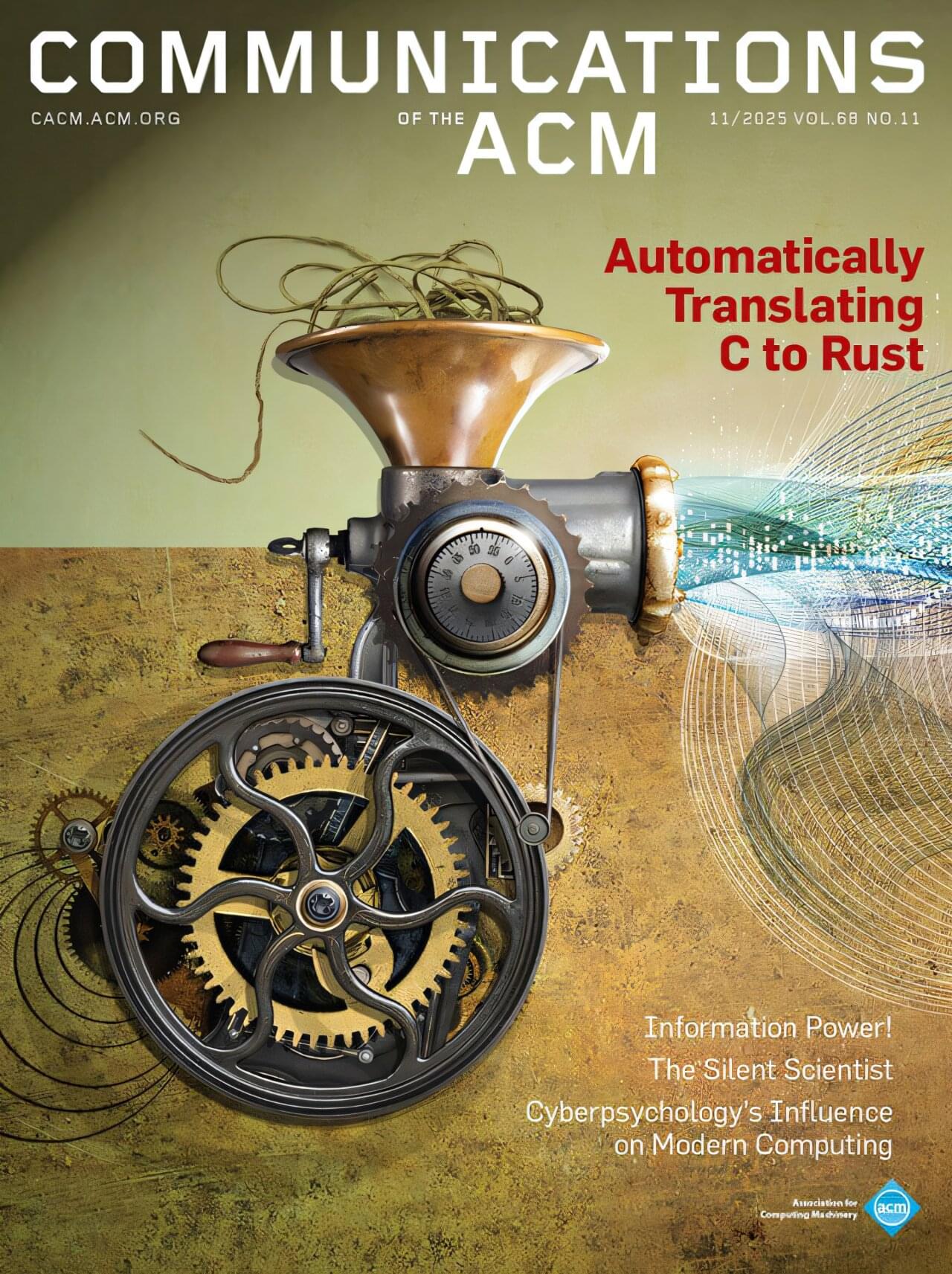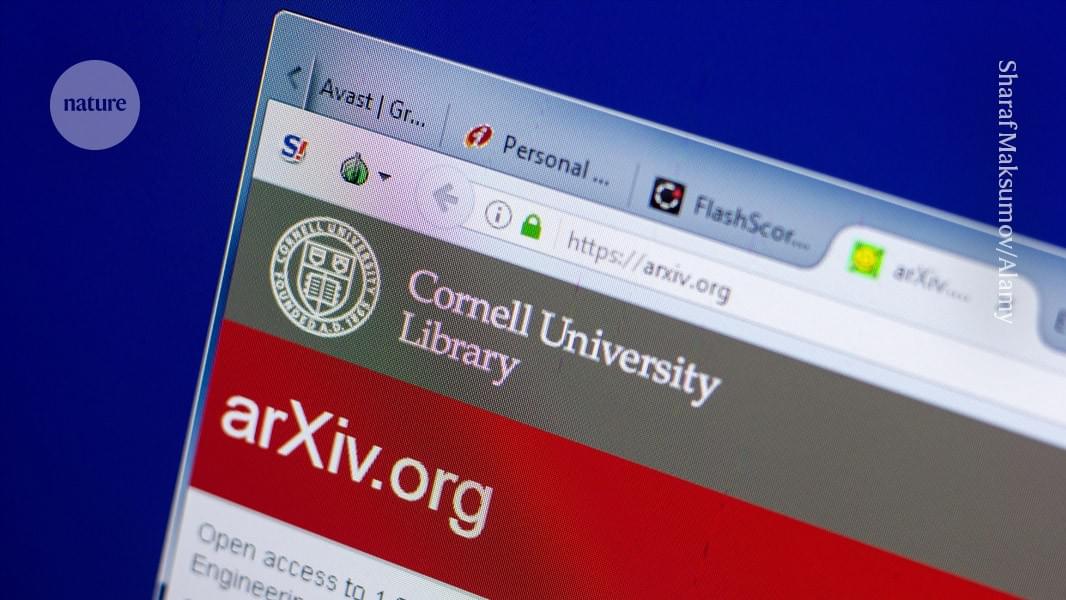Imagine you’re watching a movie, in which a character puts a chocolate bar in a box, closes the box and leaves the room. Another person, also in the room, moves the bar from a box to a desk drawer. You, as an observer, know that the treat is now in the drawer, and you also know that when the first person returns, they will look for the treat in the box because they don’t know it has been moved.
You know that because as a human, you have the cognitive capacity to infer and reason about the minds of other people—in this case, the person’s lack of awareness regarding where the chocolate is. In scientific terms, this ability is described as Theory of Mind (ToM). This “mind-reading” ability allows us to predict and explain the behavior of others by considering their mental states.
We develop this capacity at about the age of four, and our brains are really good at it.









